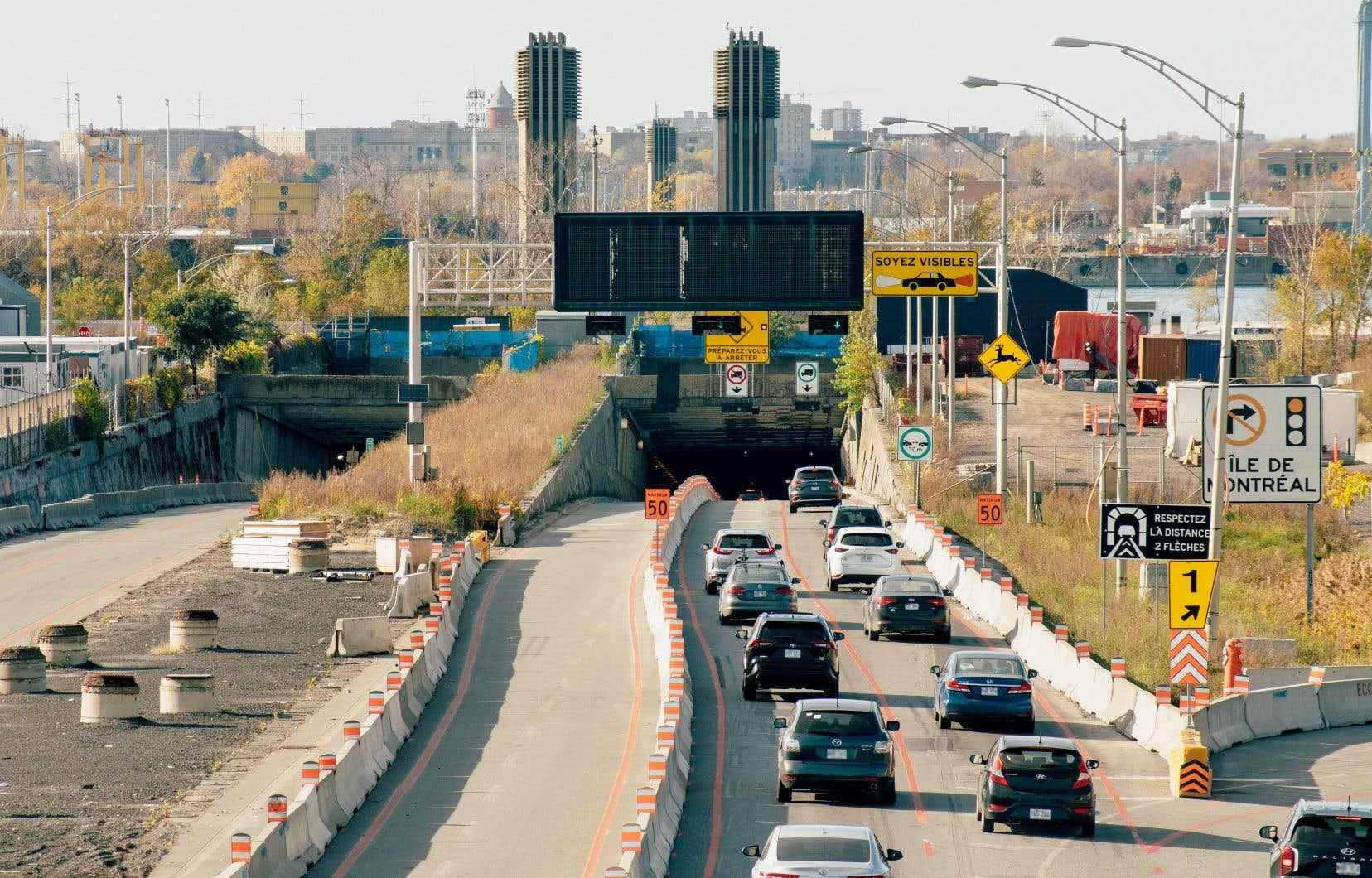Companies are racking their brains to find a way around the problem.
“I think it’s going to be unlivable.” Like thousands of other Montrealers, François Chassaing fears the partial closure of the Louis-Hippolyte-La Fontaine bridge-tunnel from this Monday, and for three years. His plan B? “I imagine having to leave at 5 a.m. rather than 6:30 a.m. and 7 a.m. and come home later. I will spend less time with my baby and my wife. »
“The other solution will be the Jacques-Cartier bridge, but I imagine that one too will be very, very blocked. It’s a lot of stress, a lot of wasted time, and I can’t take public transportation, I have clients all over Quebec. »
To overcome these apprehended delays, some companies on the South Shore are considering opening “satellite offices” in Montreal, confirms Stéphanie Brodeur, General Manager of the Chamber of Commerce and Industry of the South Shore.
“I have a large company with 30% of their employees coming from Montreal. All of this is causing great concern. They are thinking of opening satellite offices in Montreal for employees who cannot cross. Is this going to happen? I do not know yet. »
The idea of housing employees in hotels on the South Shore is also circulating. “Is it viable in the long term with a family and all? I do not know. »
Telework appears in his opinion to be the best solution to avoid congestion. But for many workers and especially truckers, this option is impossible. Approximately 120,000 vehicles use the Louis-Hippolyte-La Fontaine bridge-tunnel daily, 13% of which are heavy goods vehicles.
“Several companies are considering grouping together to share the costs. There is like a solidarity that will develop, ”she adds. “I have a transport that plans to rent space at [un autre transporteur] for his tractors, and the other will rent him a small space for his trailers. »
Although the extent of the work has been known for several months, Stéphanie Brodeur believes that many motorists will only reconsider their options once they have spent the first few days in traffic. “That’s who will make the decisions. »
What are the options?
The volume of car travel has returned to its pre-pandemic level, but not public transport. Attendance is currently only 70% of the 2019 level. This is what Transport Quebec insists on in order to “mitigate” the impact of the work.
Residents of Boucherville, Beloeil, Sainte-Julie and Varennes will be able to use their municipality’s incentive parking lot to take advantage of new free transit lines (RTL-61, RTL-461, exo-520, exo-521 and exo-532) . Transit tickets will be given free of charge to users so that they can continue their travels in Montreal free of charge.
All buses, taxis and cars with more than three occupants will be able to travel in the shoulder lane to the tunnel entrance, avoiding the bulk of congestion. “Once you’re in the tunnel, things go smoothly,” puts Louis-André Bertrand, spokesperson for Transport Québec, into perspective.
All these mechanics are only due to a glitch. A collision and everything could stop for several minutes, despite tow trucks parked at all times at the ends of the tunnel. There are a little less than a hundred collisions annually in the bridge-tunnel.
The Longueuil metro will also be able to guarantee travel. The number of departures on the yellow line will be increased by 25% between 6 a.m. and 10:30 p.m. in order to speed up transit.
The maritime option is also available via the river shuttle between the municipal wharf in Boucherville and the Promenade-Bellerive park in eastern Montreal. This service is offered until the ice cream arrives. Next year, a second river shuttle will provide a link between the municipal wharf in Boucherville and the Old Port of Montreal.
If nothing changes in the transportation habits of the population, it will take three times longer to get to Montreal from the South Shore and four times longer for the reverse route, according to Transport Québec estimates.
